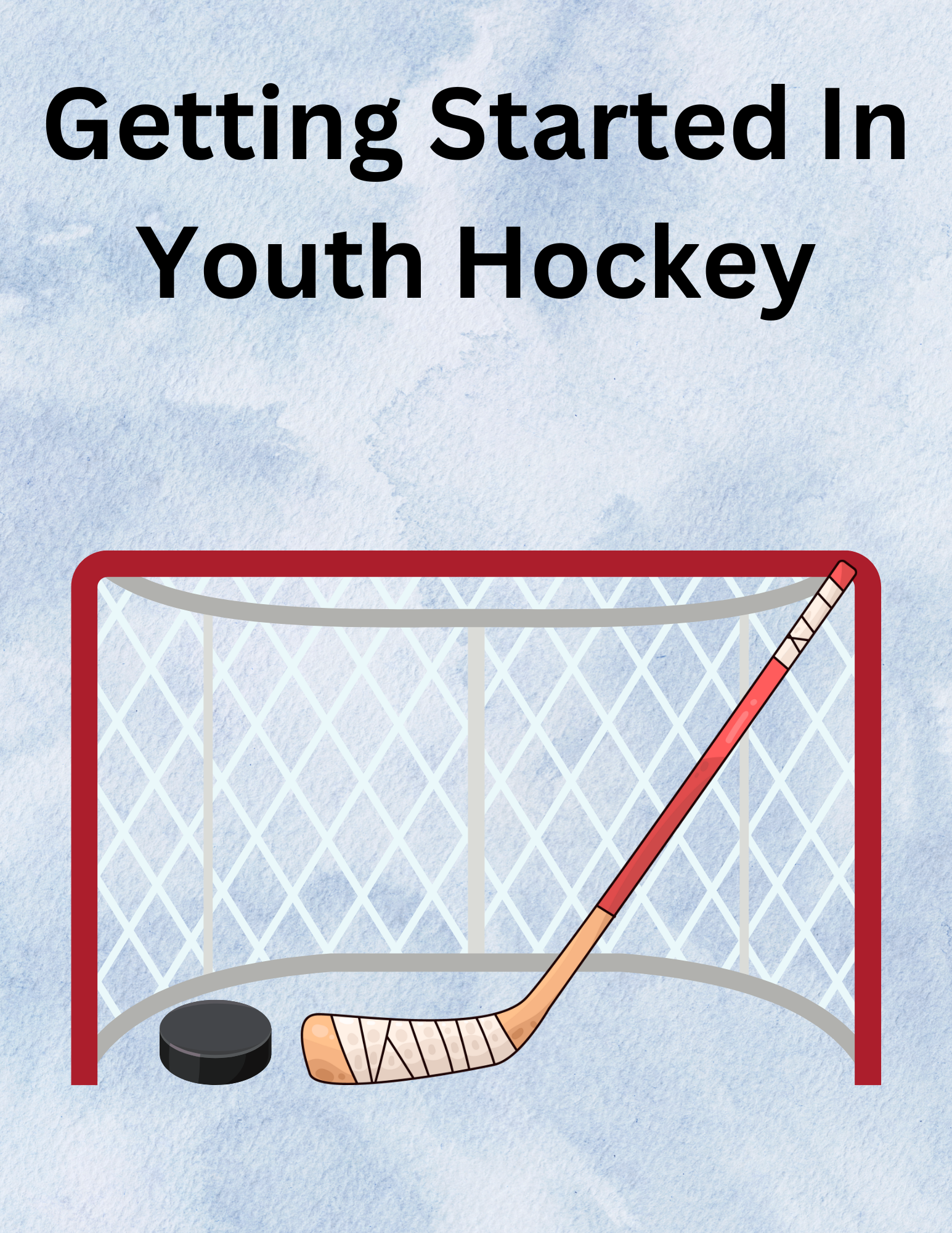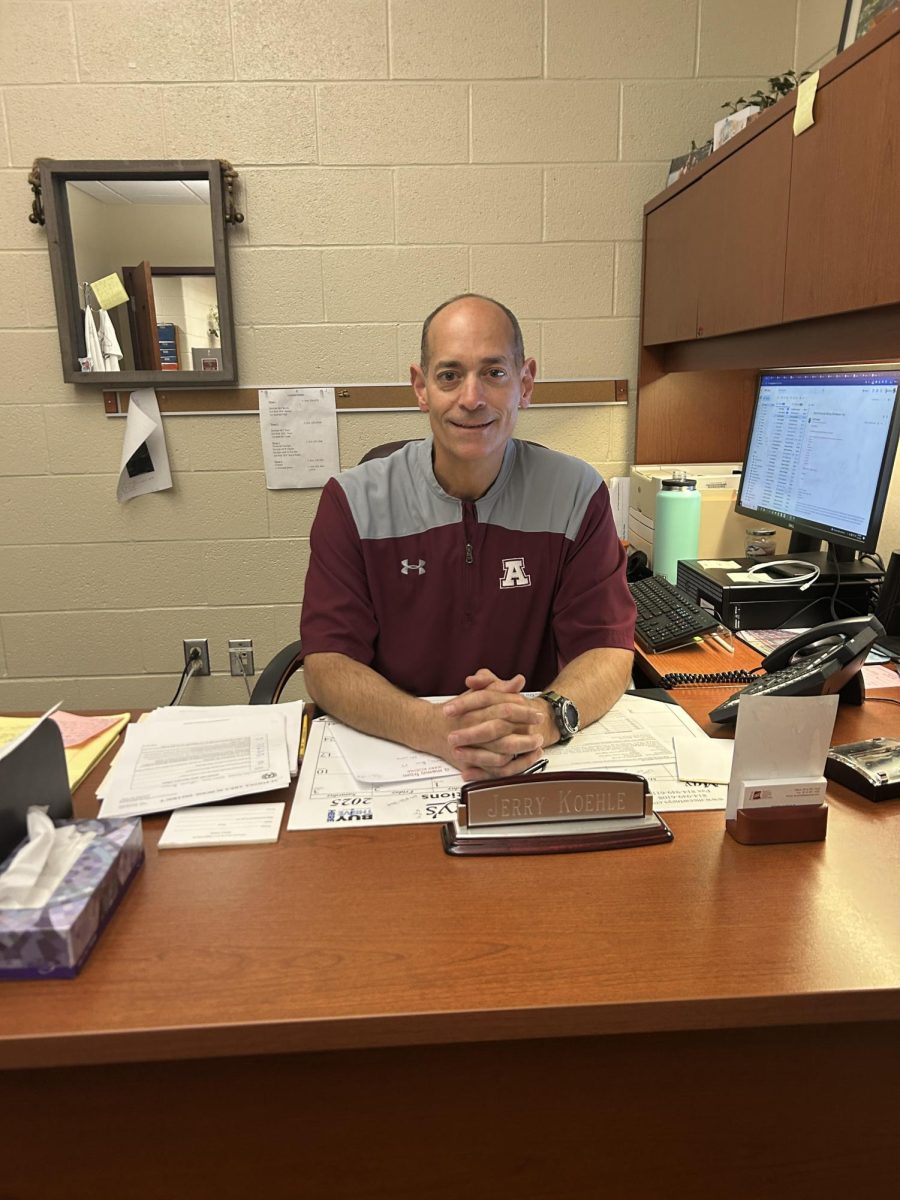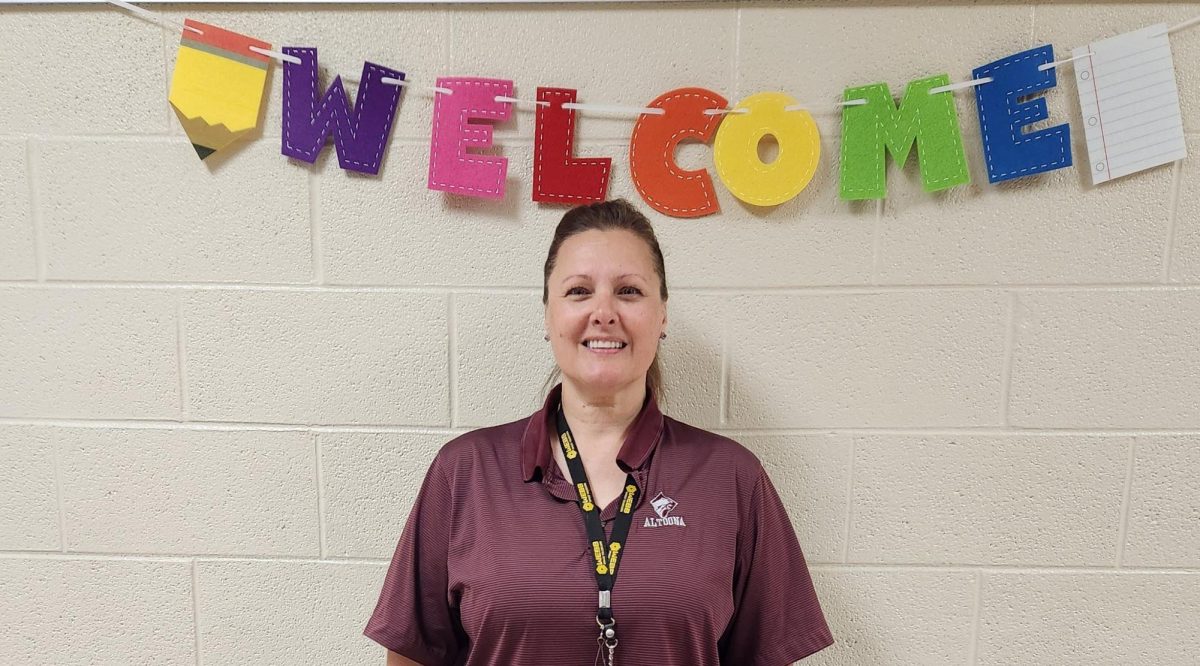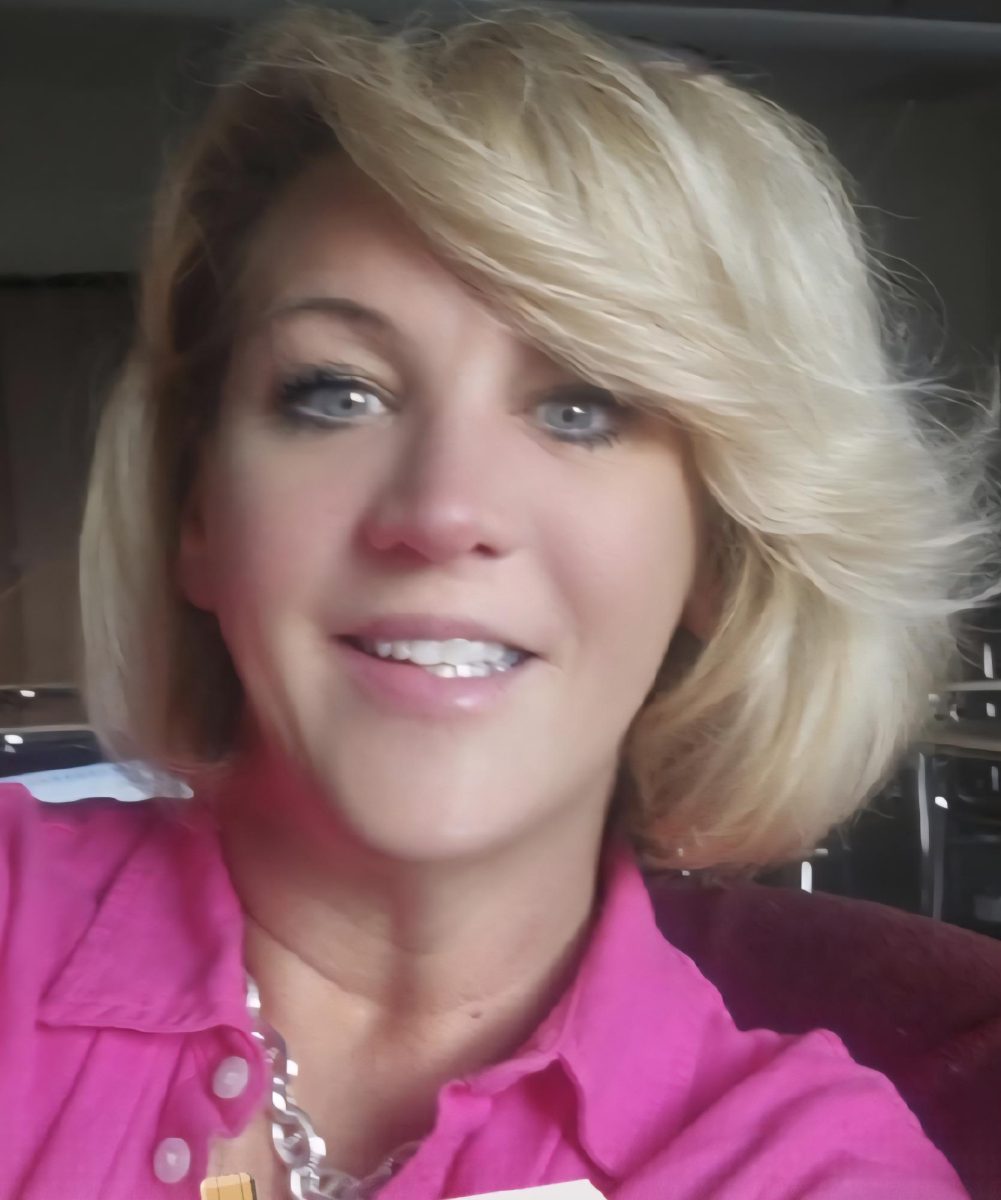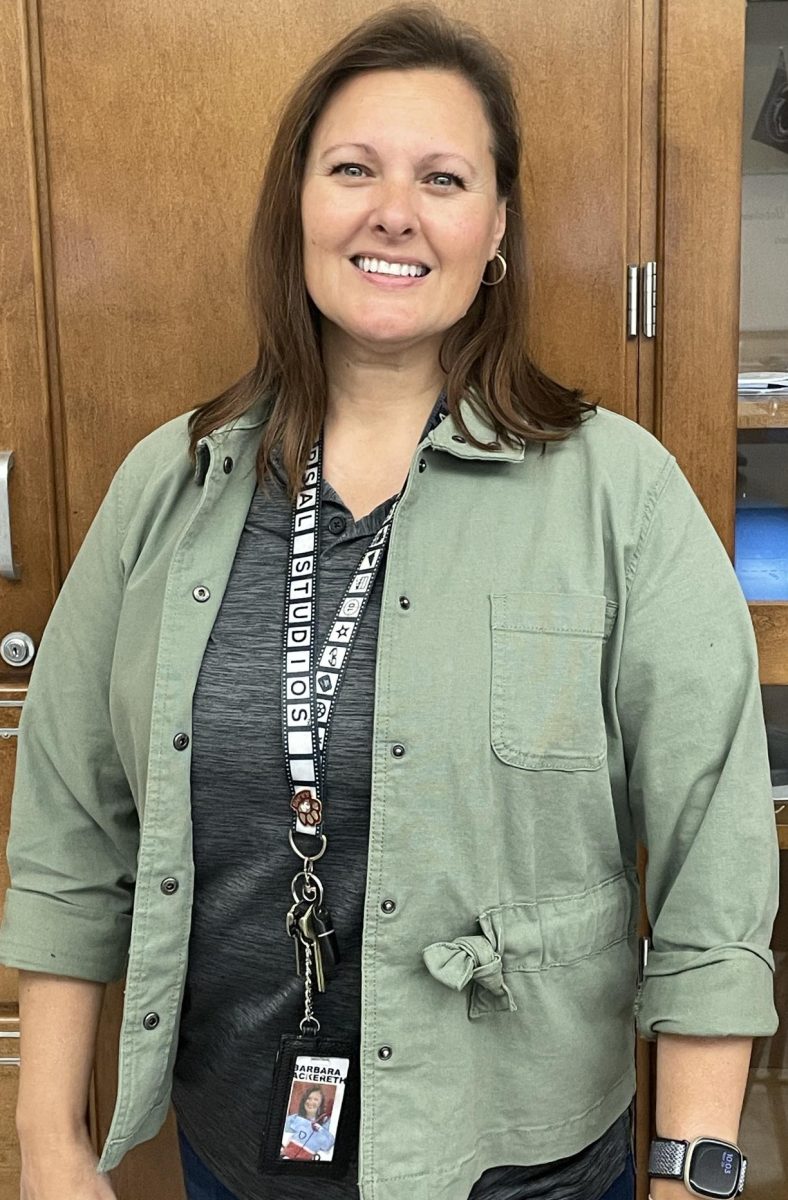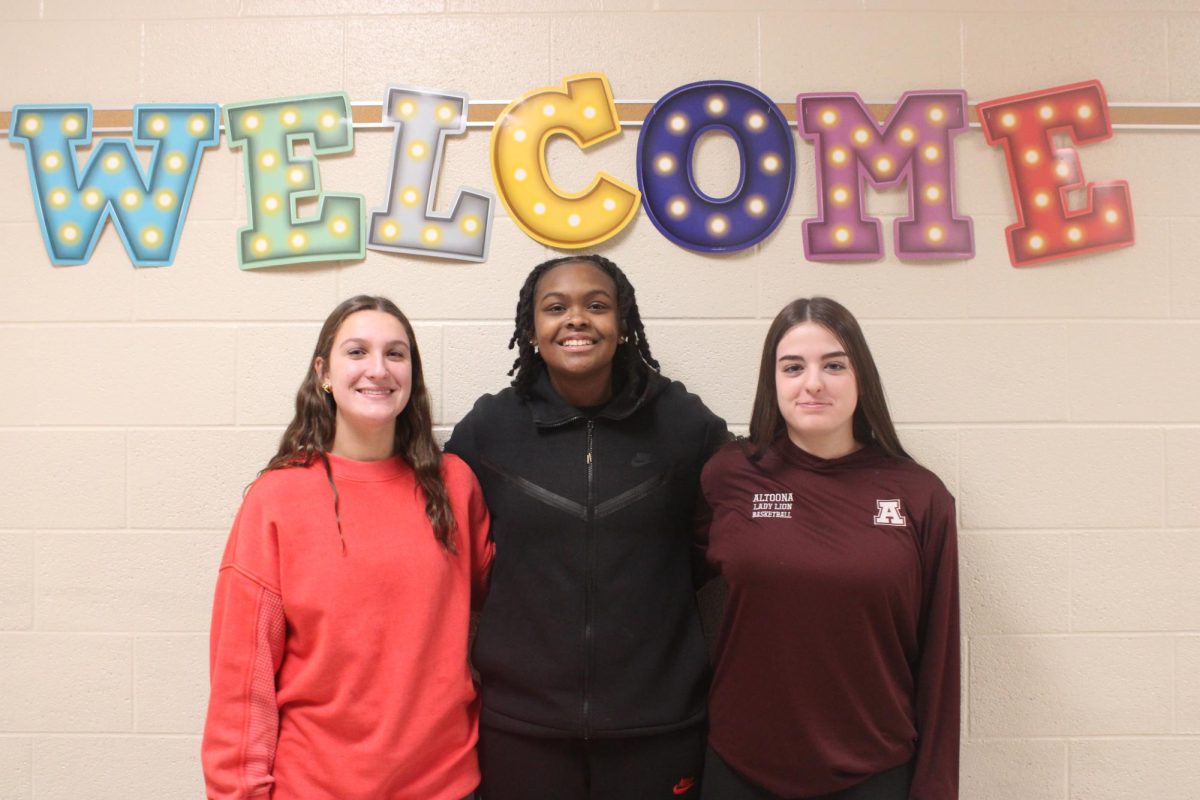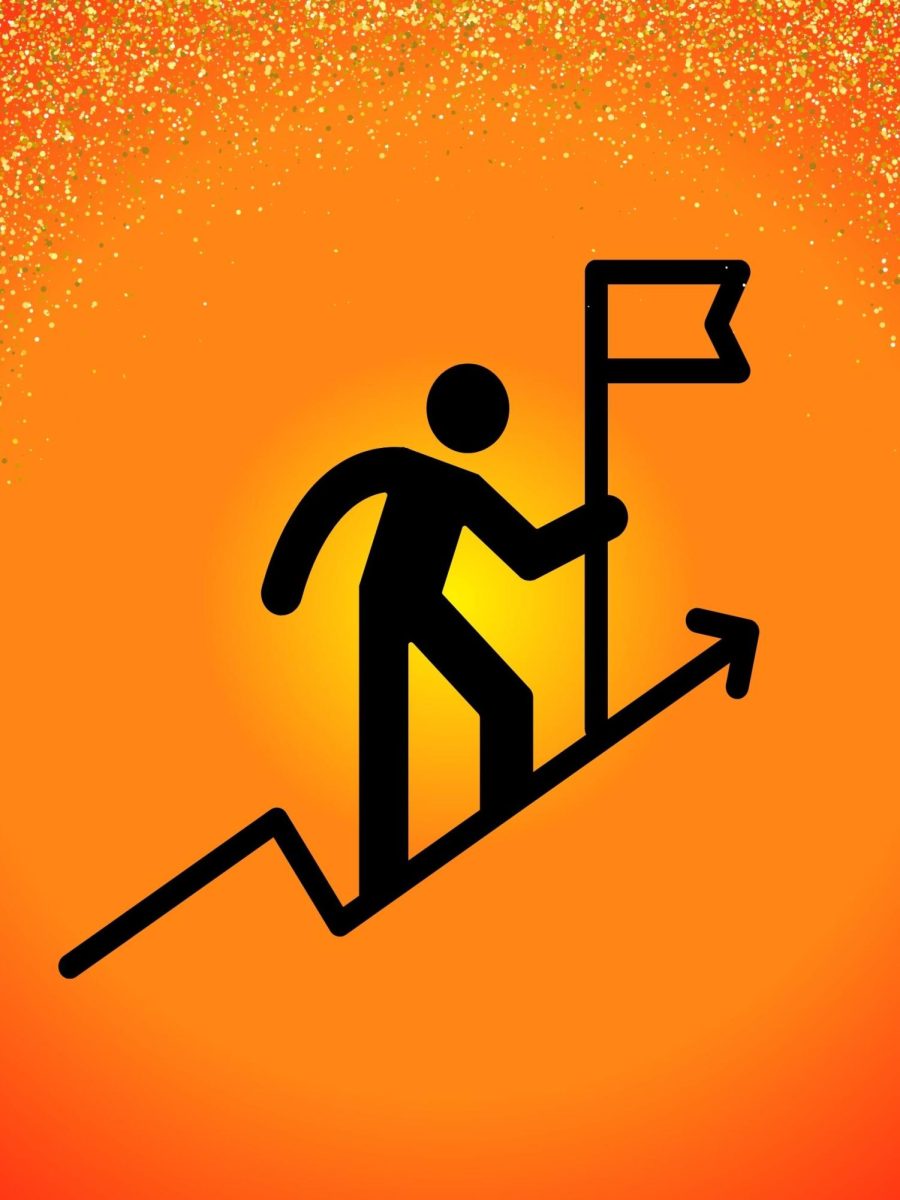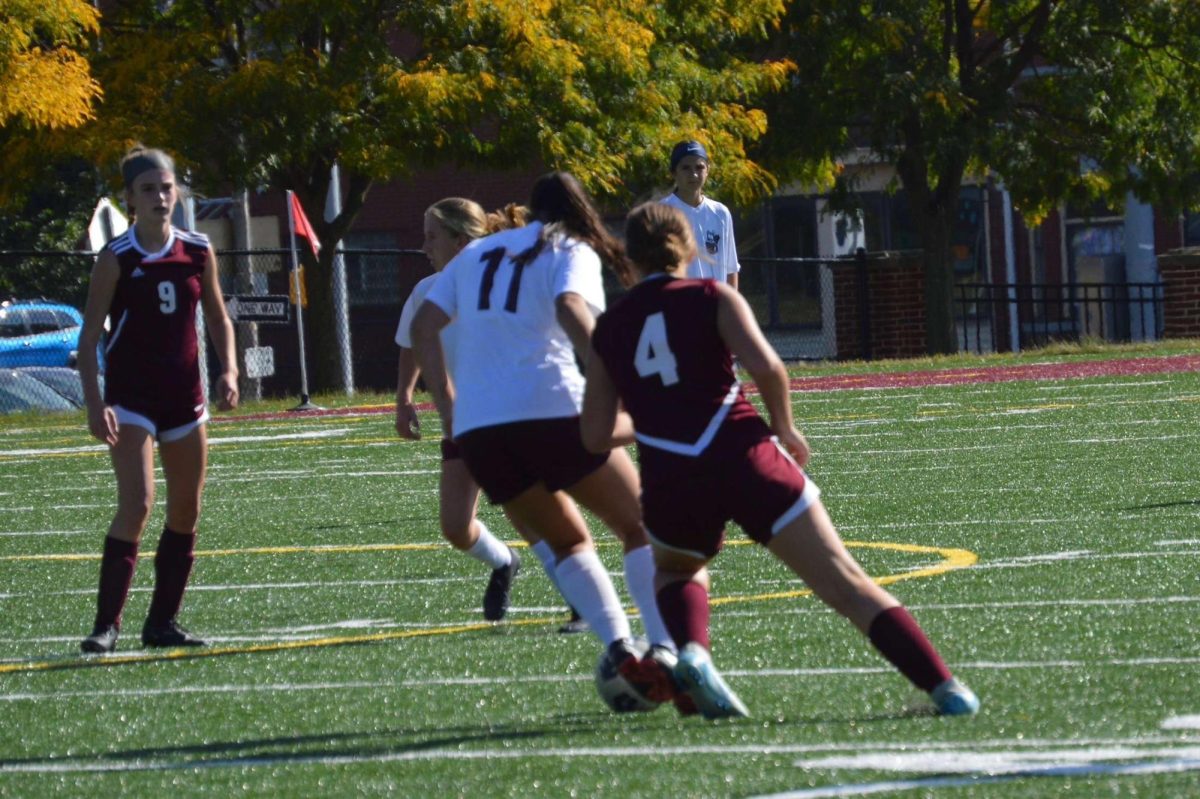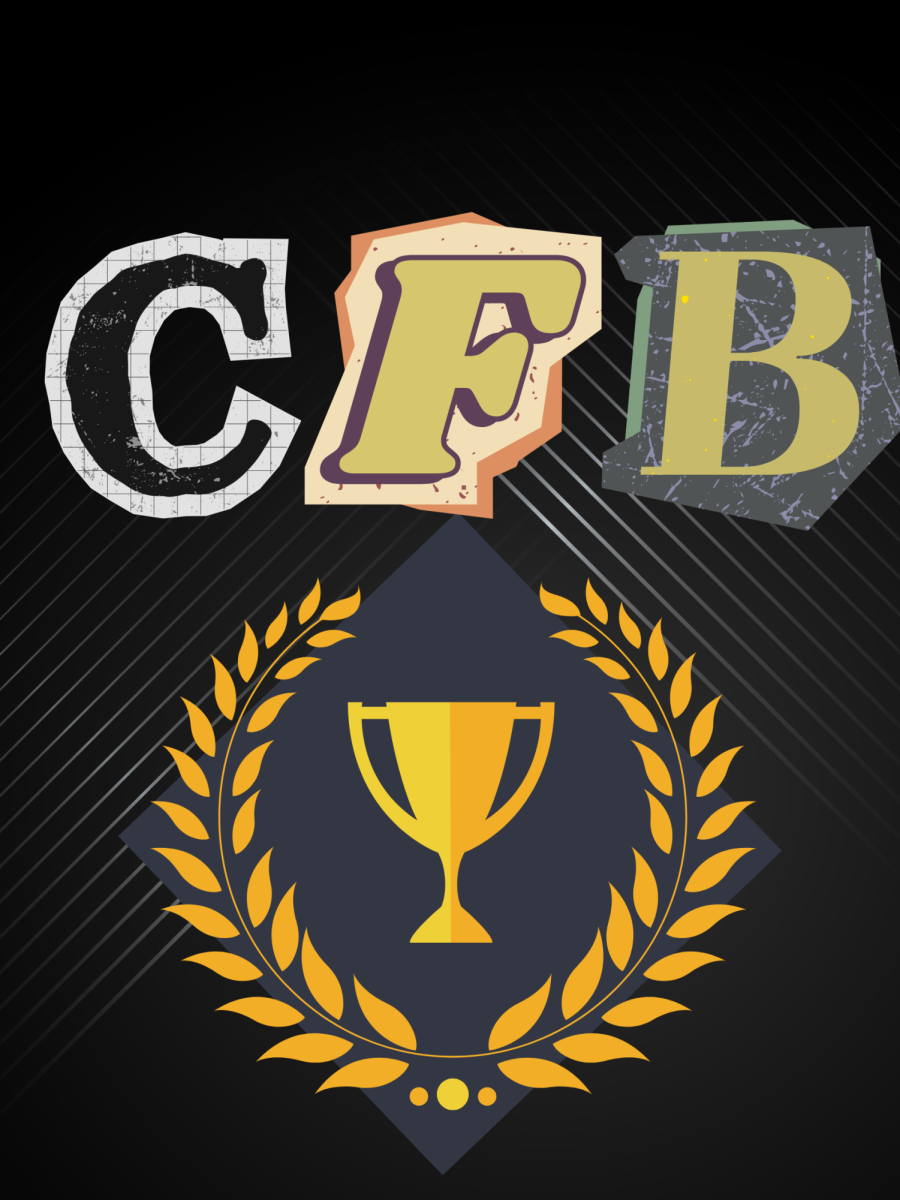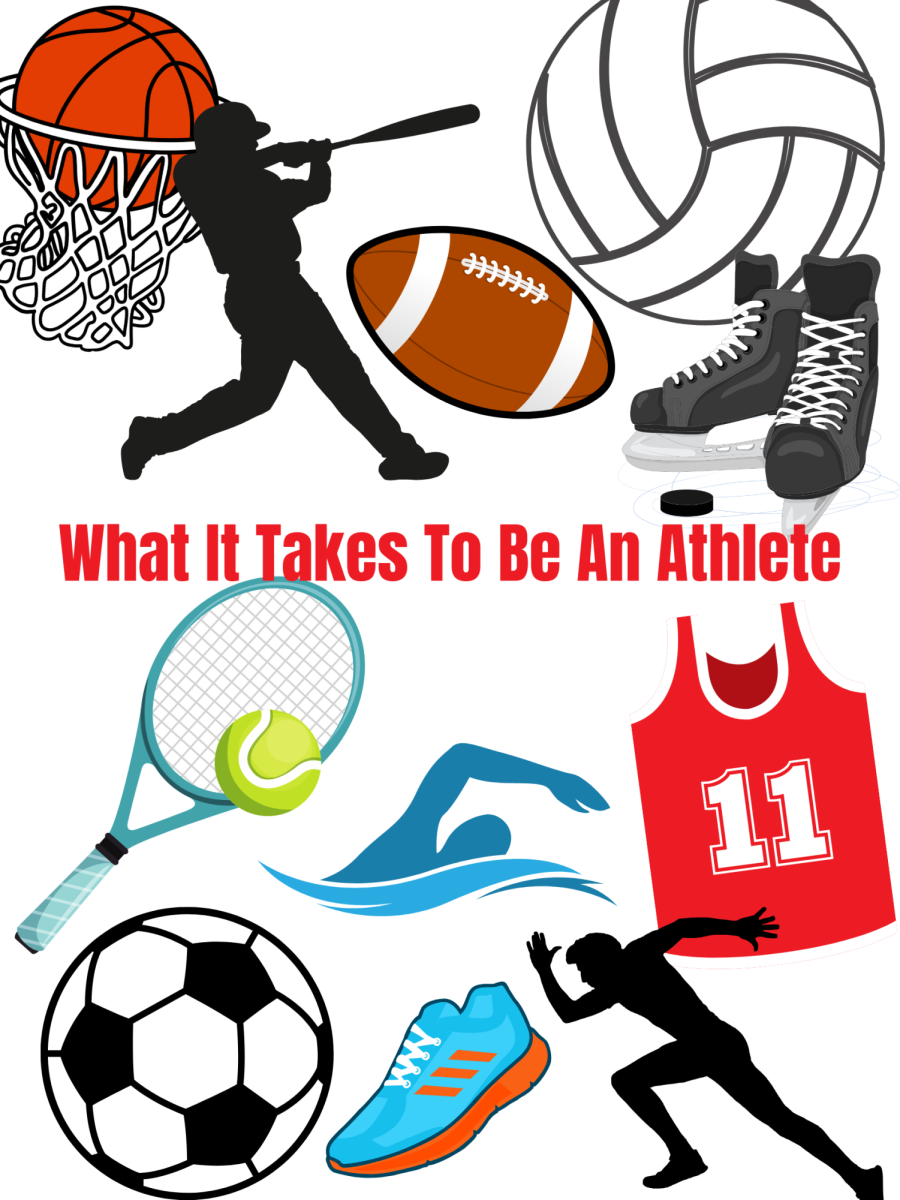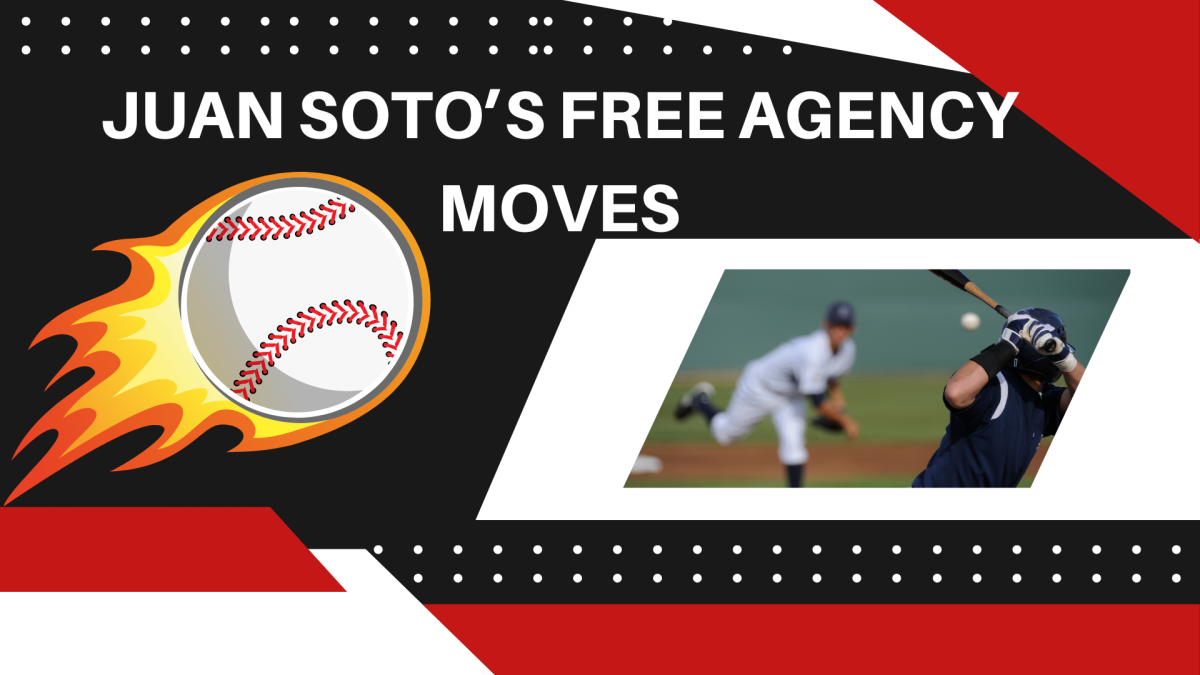The slap of the stick on the ice, the swish of the puck sliding through the rink, these are the sounds all too familiar to hockey players. However, no one really wonders how these players got to that spot, how they progressed to that level.
In the world of hockey, leagues span all over the place from learn to play programs, to the Olympics. The average beginning hockey player will start out in a learn to skate program when they’re about 2 to 6 years old, then will move to a tots program for the average age of 4 to 8.
They can then also participate in an in-house league if the ice rink they play at has one. These usually range from 5 to 10 years old. Kids can also be in a 6u league, and according to the article “Youth Hockey Levels, Explained” by Pure Hockey it’s also known as “Mini Mites.” This league isn’t all that common, and is usually replaced with an in-house league.
After this, kids can go into an 8u league, which is also called mites. Kids then move into 10u, also known as squirts. This is when ice time becomes an issue. Seventh grade hockey player Kellan Yingling said that ice time depends how you play.
“If you’re good with certain teammates, and you play well with them, then you’ll go out more often,” said Yingling. “If you’re not, then you might just stay on the bench.”
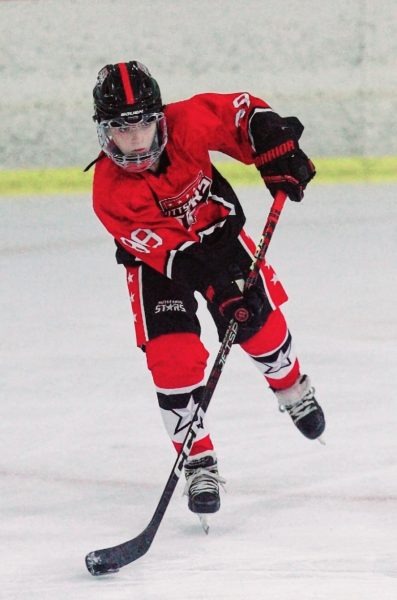
As kids get into 10u and up, hockey becomes more of a team sport, and the focus isn’t mostly on how am I going to score this goal, it’s how can I help my team get this goal. A hockey game can’t be won by one person, but by the team as a whole. This includes the goalie, who is the most important player out there, for the other team can’t win if no goals are scored.
But that especially means that the difficulty of being a goalie increases as kids advance through the leagues.
Eighth grade goaltender Jaxon Merrill said, “As you grow older people’s shots get harder and more accurate, and players get more creative…it makes it a lot harder to stop the puck.”
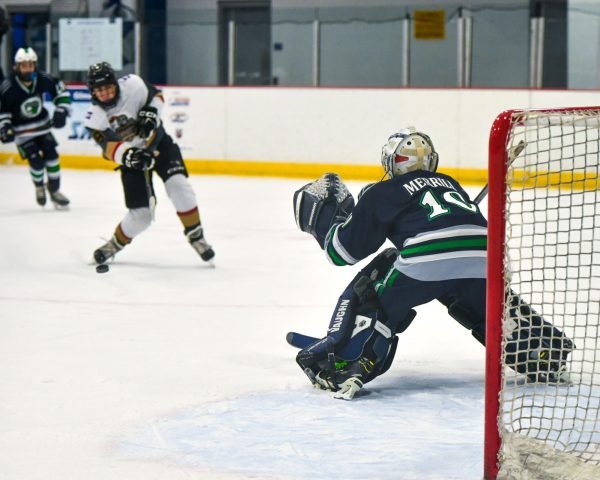
Succeeding 10u, kids can then get into 12u, which is also known as peewees. While there are some tryouts in 10u, 12u is when teams usually require kids to try out for the hockey teams. These tryouts are because there are more than enough kids for the team, and the kids who didn’t make the team either didn’t get on the team, or they got on a lower team of that league.
The other reason kids might have to try out for a team is because the team is a much higher level than other teams.
“I’ve tried out for the Altoona Trackers, the Mustangs, Keystone Wild and the State College Icers,” said Merrill.
Next, kids can play in 14u, also known as bantams. This league is usually the one where kids start to be allowed to legally check. Following that is 16u, also known as minor midgets, and then 18u, which is also called major midgets.
In youth hockey, players will advance through the leagues as it gets harder and harder to compete against other teams. Other players’ skill sets will increase, but the true focus of youth hockey is to learn teamwork and have fun.
